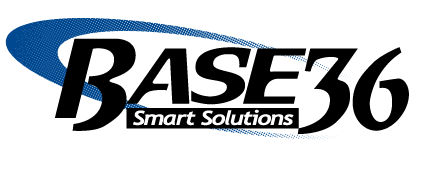Introduction:
Assistive technology plays a crucial role in the field of rehabilitation, empowering individuals with disabilities or injuries to regain independence, enhance functionality, and improve their overall quality of life. This article explores the significance of assistive technology in rehabilitation and highlights how it addresses various challenges individuals may face in their daily lives. By understanding the role of assistive technology rehab in California, individuals and healthcare professionals can leverage its potential to optimize the rehabilitation journey.
Defining Assistive Technology
Assistive technology refers to a range of devices, equipment rehab in California and systems that are designed to assist individuals with disabilities or limitations in performing tasks, activities, and functions. These technologies can be low-tech, such as canes or walkers, or high-tech, such as electronic communication devices or robotic prosthetic limbs. The aim of assistive technology is to bridge the gap between a person’s abilities and their desired level of independence or functionality.
Enhancing Mobility and Accessibility
One of the primary functions of assistive technology in rehabilitation is to enhance mobility and accessibility. Mobility aids, such as wheelchairs, walkers, and crutches, provide individuals with the ability to move around their environment independently. Accessibility tools, such as ramps, stairlifts, or modified bathroom fixtures drug addiction alabama, make it easier for individuals to navigate and access various spaces. Assistive technology in this realm improves physical mobility, promotes safety, and increases the individual’s ability to participate in everyday activities.
Communication and Augmentative Devices
Assistive technology also plays a vital role in facilitating communication for individuals with speech or language impairments. Communication devices, such as speech-generating devices or text-to-speech software, allow individuals to express their thoughts, needs, and desires effectively. Augmentative and alternative communication (AAC) systems offer different modalities, such as sign language or picture-based communication boards, to enable individuals to communicate and interact with others. These devices and systems empower individuals to participate in social interactions, access education, and engage in various aspects of life.
Adaptive Tools for Daily Living
Assistive technology includes a wide range of adaptive tools and devices that assist individuals in performing daily living tasks independently. These tools may include modified utensils, dressing aids, reaching tools, or adaptive equipment for personal care. By using these adaptive tools, individuals can overcome physical limitations and accomplish tasks such as eating, dressing, grooming, or bathing with greater ease and independence. These technologies promote autonomy, enhance self-esteem, and support overall well-being.
Rehabilitation and Prosthetic Technology
Assistive technology also encompasses rehabilitation and prosthetic devices that assist individuals in regaining functionality and improving their quality of life. Prosthetic limbs, orthoses, and specialized rehabilitation equipment support individuals in restoring mobility, relearning motor skills, and achieving functional goals. These technologies are often customized and tailored to an individual’s specific needs, allowing them to engage in physical activities, sports, and hobbies with greater confidence and ability.
Conclusion:
Assistive technology is a powerful tool in the rehabilitation process, enabling individuals with disabilities or limitations to regain independence, enhance functionality, and improve their overall well-being.You can find more options on modal bandar website. By utilizing a range of assistive devices, individuals can overcome barriers, participate in everyday activities, and achieve their goals. The continued advancements in assistive technology provide new possibilities for customization, innovation, and integration into various aspects of life, find out more on https://za.xbrl.org/. By embracing the potential of assistive technology, individuals and healthcare professionals can optimize the rehabilitation journey and empower individuals to lead fulfilling and independent lives.
